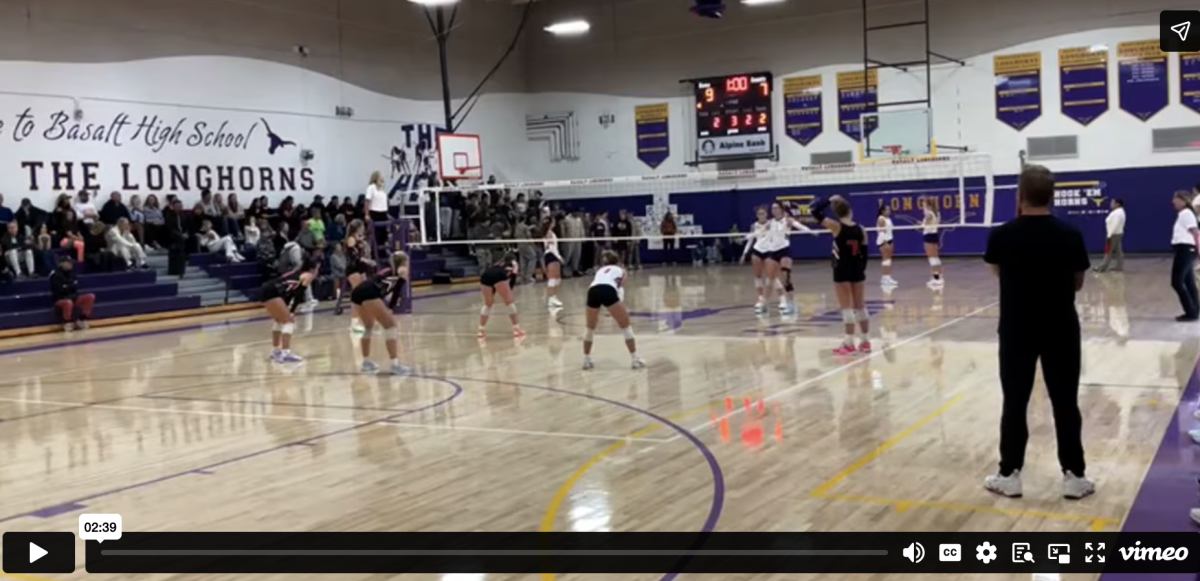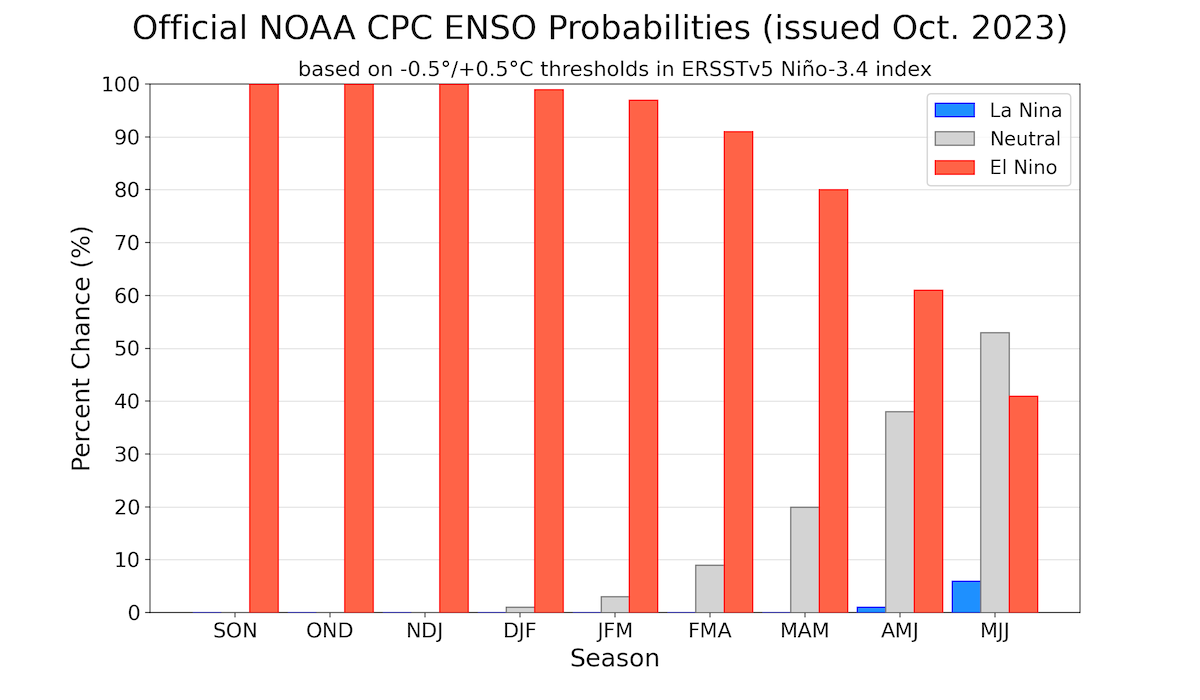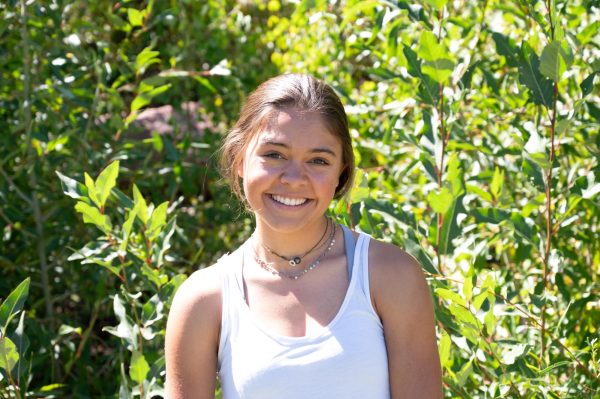Throughout the Aspen community, we are all still riding on an all-time high from last year’s record-breaking winter season. But everyone better buckle up because the ENSO (El Niño Southern Oscillation) weather pattern is hitting Colorado this year, making snowfall expectations greater than in past years.
It is almost guaranteed that Colorado’s Rocky Mountains are going to see an El Niño winter for the 2023-24 season. Typically, El Niño winters tend to favor snowfall in Colorado’s mountains. This is due to the positioning of the jet stream, making El Niño occur irregularly about every two to seven years. Although weather pattern predictions are uncertain since there are so many changing factors in the atmosphere, there are some variables that can provide some insight into the upcoming winter, including El Niño. Colorado is currently coming off of a three-year streak of the La Niña weather pattern (the inverse of El Niño), which is a rare occurrence considering that this streak has only occurred three times since 1950.
Typically, La Niña occurs from a build-up of cooler surface waters in the tropical Pacific Ocean. Easterly trade winds then strengthen, resulting in a cold upwelling of water on the west coast of South America and sea-surface temperatures drop below average. Whereas El Niño represents the warm cycle of ENSO meaning that ocean temperatures are warmer than average. Warm water builds up around the equator in the eastern Pacific which allows moisture-rich air to rise, developing into rain and snow storms.

Alan Smith is a meteorologist for Open Snow who along with his passion for tracking weather, is an avid skier, biker, and hiker. Smith received a B.S. in meteorology from the Metropolitan State University of Denver. According to Smith, the La Niña pattern quickly reversed during the Spring months and has transitioned to an El Niño phase. This alteration is what caused such a moisture-heavy summer, resulting in consistent monsoons during June and July. The pattern has continued to strengthen over the summer and is mostly certain to remain for the 2023-2024 winter. Further, Smith states that El Niño has the possibility to occur but in a weakened state. Therefore, the strength of the pattern is one of the most important factors in determining Colorado’s upcoming winter snowfall. As of August 2023, the sea surface temperature in the El Niño region has already increased an additional 1.1℃ which determines that the pattern is off to a strong start.
During a strong El Niño phase, wetter conditions are expected to rise across the Southwest United States, the West Coast of California, as well as the Pacific Northwest. This strong pattern tends to favor warmer and drier winters across the Northern Rocky Mountains and colder, snowier winters across the Southern Rockies. The Elk Mountain Range in Aspen, Colorado is located in the Central/Southern Rockies meaning that El Niño will hopefully provide an exceptional winter this year, mainly from December through February.
Even though the 2022-2023 winter delivered high snow accumulation levels, breaking many records across the west, the Rockies were in the La Niña which means that even in the unfavorable weather pattern, our mountains received surprising precipitation levels. Now that this unfavorable pattern is gone and El Niño is taking over, it is expected that Aspen and the majority of the other western states will receive even more snow than last year.
Although it seems as though Aspen is off to a slow start in snow accumulation in comparison to years before, confidence in a successful winter continues to increase as we get even closer to the snowier months. The last strong El Niño pattern occurred in 2015-2016 and since 1950, it has only occurred eight times, making this winter one not to miss.
This upcoming season is very exciting as it hopes to deliver stronger storms, however, it is important to remember general winter and snow safety in order to ensure the safety, and enjoyment of everyone this wintertime. To many in Aspen, winter is the favored season, locals and tourists flock to the resorts to ski the perfect line and enjoy the beautiful outdoors. However, it must be understood that these activities come with many risks. Putting snow tires on your vehicles, driving slowly and cautiously, and being snow-smart when having fun on the mountain are all methods to stay safe during this increase in storminess. Additionally, stay in bounds on the ski resorts because avalanche danger is always a concern. If venturing into the backcountry, always travel with others and be trained and prepared for anything. And most importantly, remember to have fun this winter. Even if the cold is not for you, it is going to be a healthy and happy one full of snow and smiles.

























